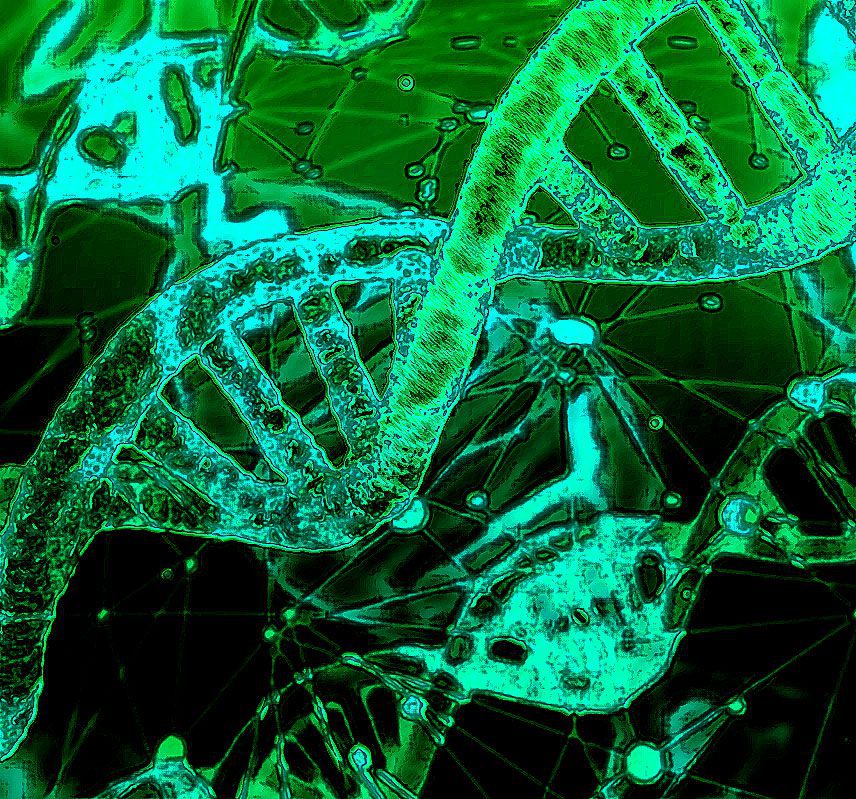For over 200 years the human species has struggled to correctly identify all the plants in the world around itself. Over those centuries, we have succeeded in changing the names of these plants, sometimes repeating things, and sometimes swaying back and forth like a pendulum, lumpers and splitters, conservative scientists and liberals, etc.
And still modern taxonomists are finding new information that means more change in the future. In truth, the only thing we have identified is that changes will continue as long as new information is coming in.
It is helpful to understand the difference between taxonomy and nomenclature; they are closely related, but they do not mean the same thing.
- Taxonomy is the study of how one plant (or animal) relates to another, the systematics, or the family tree so to speak. Are they descendants, how are they related, and how closely are they related?
- Nomenclature is more concerned with the names of organisms, how to use them, and where to apply them.
Quick Resources
- The American Begonia Society’s Guidelines for Begonia Nomenclature is really more of a writer’s guide, but it does explain some of the basic rules and how to apply them to Begonias.
- Begonia Horticultural Classifications/growth types
Why do they keep changing the names?
The naming of begonias has changed over time, a little historical research will show that many begonias have been called by many different names over the 200 years since we first started naming them. The reason is simple: botanists keep improving their tools.
- Early taxonomists could only arrange families of plants by their physical characteristics (Flower shape, leaf arrangement, root system)
- With the advent of microscopes they could look at cellular arrangements, pollen grains, and understand life moved within the plant.
- Recent advances in molecular tools show how plants fit together based on their DNA.
As scientists continue to learn, there continue to be surprises in all areas. And, with each surge in knowledge, there has also been a wave of name changes.
The largest recent change in nomenclature came from the work of Peter Moonlight, et. al. in a collaborative article Dividing and conquering the fastest–growing genus: Towards a natural sectional classification of the mega-diverse genus Begonia (Begoniaceae). Authored by: Peter W. Moonlight, Wisnu H. Ardi, Luzmila Arroyo Padilla, Kuo-Fang Chung, Daniel Fuller, Deden Girmansyah, Ruth Hollands, Adolfo Jara-Muñoz, Ruth Kiew, Wai-Chao Leong, Yan Liu, Adi Mahardika, Lakmini D.K. Marasinghe, Meriel O’Connor, Ching-I Peng, Álvaro J. Pérez, Thamarat Phutthai, Martin Pullan, Sangeeta Rajbhandary, Carlos Reynel, Rosario R. Rubite, Julia Sang, David Scherberich, Yu-Min Shui, Mark C. Tebbitt, Daniel C. Thomas, Hannah P. Wilson, Nura H. Zaini, and Mark Hughes.
The article addresses changes to the sections in Begonia taxonomy based on DNA research and maps which begonias are most closely related to one another.
Some good tools to help you stay on top of the correct names of Begonias
Current plant taxonomy and nomenclature has moved to the internet, allowing botanists around the world to synthesize information quickly. There are online resources that are easy to use and are as accurate as possible in these fast-changing times:
- The Plant List: A working list of all plant species. Hosted by the Royal Botanic Gardens at Kew on this site you can check a name and it will tell you the current correct name, as well as a list of all names that have been used for the plant over time.
- The International Plant Name Index, is a nomenclature site; it shows ALL the names of the plant you search for, valid or otherwise, so it can be a bit confusing.



